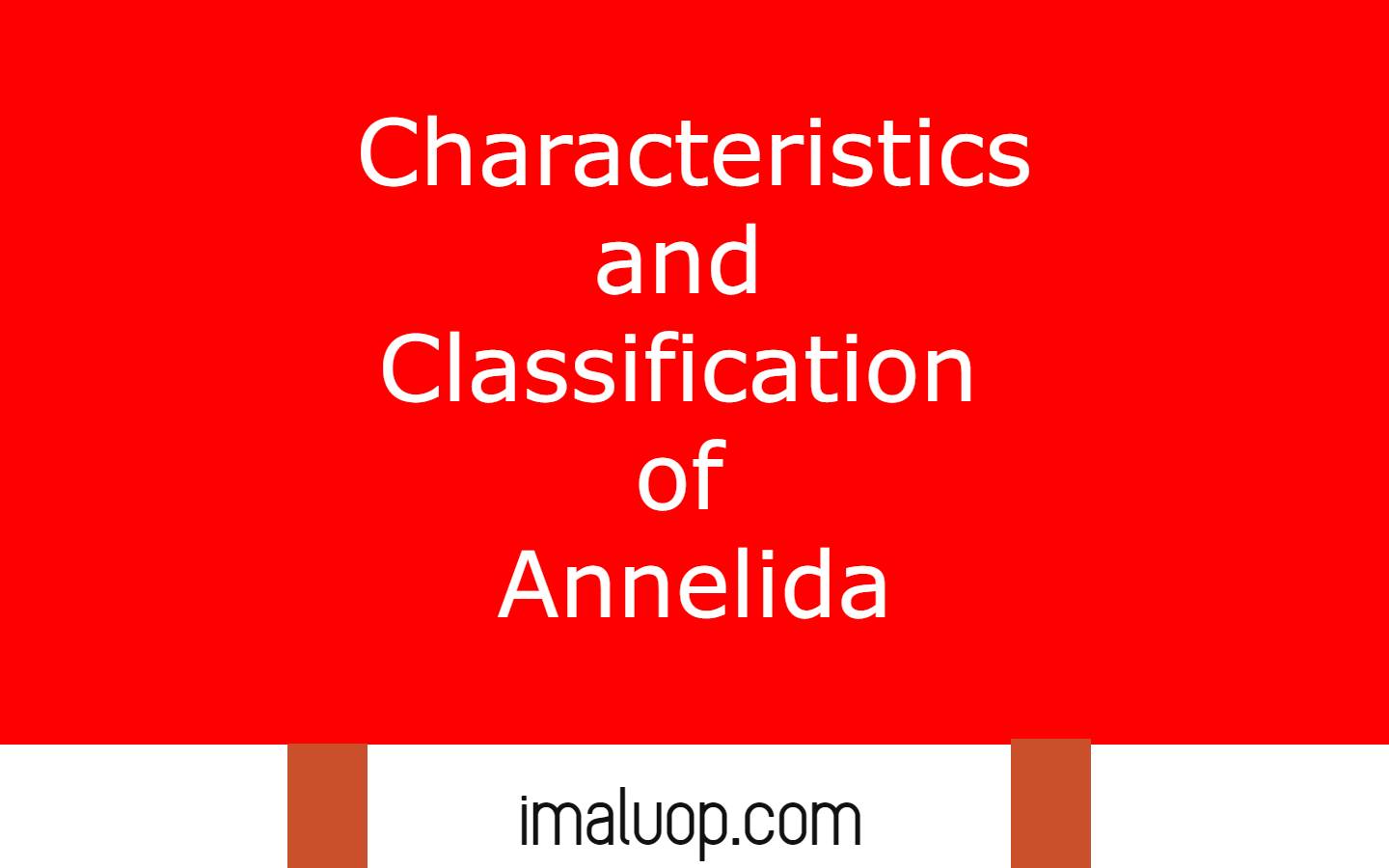Hi, now we are going to discuss characteristics and classification of annelida along with different examples of annelida. Members of annelida are present in aquatic as well as terrestrial environments and they are a very large group of invertebrates in the animal kingdom.
Table of Contents
Characteristics of Annelida:
Now we are going to discuss different characteristics which will help us to separate this group of animals from other groups of animals easily.
- They show a high level of organisation because in them organs form advanced organ systems for performing a specific function, for example digestive systems perform the functions of digestion, excretory systems perform the function of excretion.
- Their body shows segmentation which helps to distinguish them from other animals externally.
- Annelids have true body cavity or coelom so they are known as coelomate and three germ layers present in their embryonic stage so they are triploblastic animals.
- Most of them are able to respire through their general body surface because their skin is highly vascularized and takes part in gaseous exchange.
- A special type of organ is present on every segment of their body, called as nephridia which collect excretory material from the body and help to expel them outside of the body.
- Their circulatory system is much advanced than others lower invertebrates and they have haemoglobin which gives red coloration and their digestive system is also advanced.
- A special chitinous structure, setae present in their body which makes them able to move from a place to another and their circulatory and longitudinal muscles participate in movement.
- Most members of annelida have both male and female reproductive organs together but they perform cross fertilization so they are hermaphrodite.
- Earthworms we see in the field and leches present in water bodies are examples of annelida.
Classification of Annelida:
Based upon dissimilarities among the members of annelida can be divided into four groups – polychaeta, oligochaeta, hirudinea and archiannelida.
Characteristics of Polychaeta:
- Polychaeta show elongated body structure and show segmentation in their body.
- Most of them are found in marine environments and they show bilateral symmetry.
- Polychaeta have protonephridia and metanephridia for collecting and expelling the excretory material and their body have true body cavity or coelom.
- They show external fertilization, male and female reproductive systems present together so they are hermaphrodite, and the nervous system is well developed in them.
- Fin like a special type of appendages, parapodia present in polychaeta which makes them separate from other members of annelida and Nereis is an example of polychaeta.
Characteristics of Oligochaeta:
- Members of oligochaeta show metameric segmentation and they present in both freshwater environments and terrestrial environments.
- They are hermaphrodite but show cross fertilization with external fertilization and cocoon formation generally observed in the members of oligochaeta.
- Segmented setae and citellum present but parapodia completely absent.
- Free larval stage is absent in their development but development occurs inside the cocoon, Pheretima and Tubifex are common examples of this group.
Characteristics of Hirudinea:
- Hirudinea generally live in fresh water but they are also present in marine environments, terrestrial environments and some of them show parasitism.
- They are monoecious animals with segmented bodies but they lack setae.
- Their body generally dorsoventrally flattened and on the anterior ventral surface they have anterior sucker while on posterior ventral side they have posterior sucker.
- They have mouth and anus in anterior sucker and posterior sucker respectively as in case of Hirudinaria.

Characteristics of Archiannelida:
- They are marine annelida with no setae or parapodia with elongated body structure.
- Their prostomium tentacles and examples of this type of annelida are Dinophilus, Protodrilus.
Reference: Characteristics and Classification of Annelida
Read More: Classification of Animal Kingdom
Hi Everyone!!! Welcome to Imaluop. Imaluop always try to learn some new and he want to share to other people. Here we will try to learn various topics on Science, specially on Biological Sciences.
